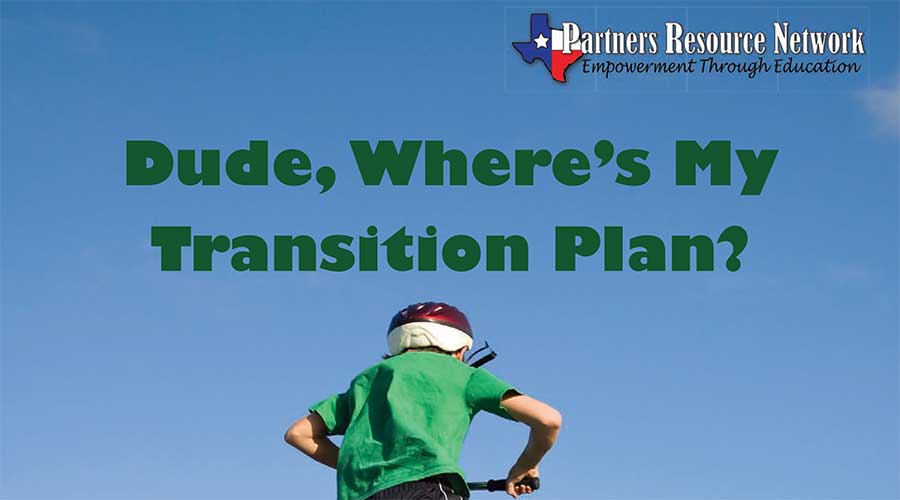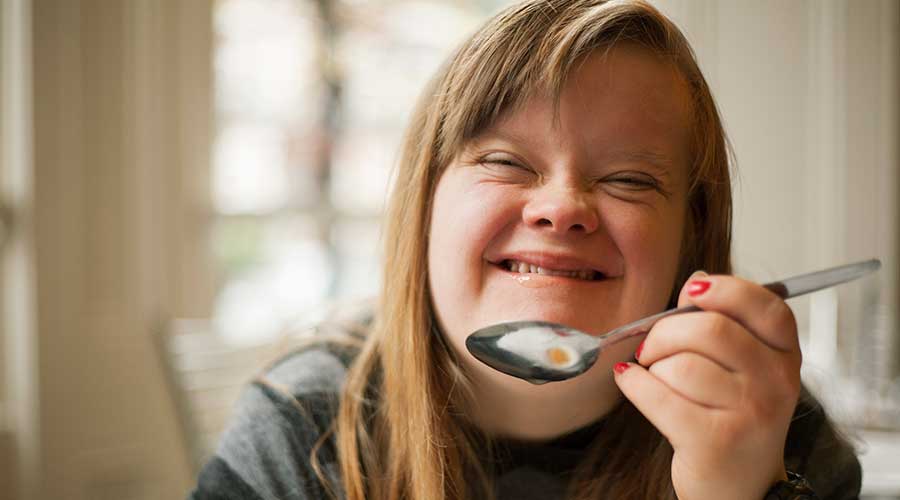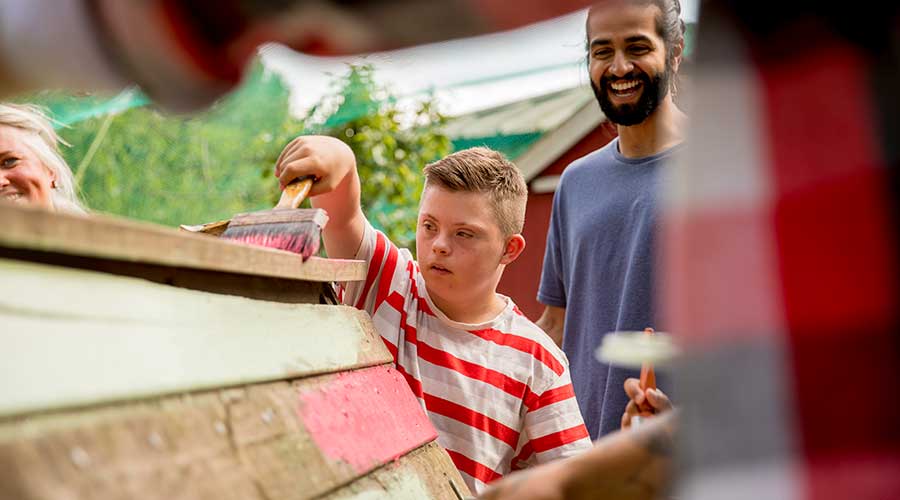Image matters, or at least we think so in high school. From the stars of the most recent Netflix series to the kids that sit at the “cool kid table” in the cafeteria, image matters. Although many of us as adults recognize that being cool is not everything, to a teenager it is.
But what happens when it’s impossible to find cool kids like you? Is it possible to be both disabled and cool? Or, in order to be cool, do we need to “pass” as nondisabled?
Growing up, I was never one of the cool kids, even though I tried to be. Pictures from that era of my life are direct proof that I never achieved the status of cool. The only time that I even remember feeling cool was in Kindergarten on the playground, when all of the motor-head five-year-old boys would follow me in my scooter, trying to figure out how it worked. That was the end of my fascinating phase.
I spent much of my elementary and high school experience floundering to find my identity and self-acceptance. From what I saw, the cool kids didn’t have ventilators or scooters or nurses following them around, and they certainly didn’t take their tests in a separate room. Honestly, how can you be cool with a nurse, or a mother-like figure, tagging along and intruding on typical adolescent conversations and trouble-making?
In spite of both my parents’ efforts to ensure I had a “normal” childhood and my fantastic friends, who were accepting of my un-coolness (and potentially harbored mutual uncool characteristics), I still struggled to find myself. I never questioned my worth, intelligence, or that I was loved; I simply did not feel like I fit in and felt that few people understood me. Frankly, I’m not even sure if I fully understood the fact that I could fit in and that there were people that could understand what I was going through. I also did not understand how important that was for my development and self-worth.
But during the summer of my senior year of high school, I was forced to attend a conference for youth leaders with disabilities, and it changed my life. This conference introduced to me the idea of near peer mentoring (although I didn’t know the principle at the time). This concept assumes that individuals at the same age or slightly older youth with similar situations can have a dramatic impact on other youth. In other words: Be like the cool kids. But at this conference the cool kids had disabilities! We all needed accommodations or supports in some way, yet we all could contribute. For the first time, I felt like I fit in. I could not refer to myself as “the girl in the scooter” because, for the first time, I was not the only one. I was normal.
Now, we can’t assume that just by putting a bunch of youth with disabilities, who share no other commonalities, in a room together, successful mentoring will occur. That’s not how it works. Despite the misconception of those who believe that all people in wheelchairs must know each other or be related, some of us have nothing in common except the experience of disability. Successful near peer mentoring requires much more than sharing a type of disability. It involves comparing goals, focus, youth development, and youth leadership.
Nearly 15 years after I found my kind of “cool kids,” I have continued to be involved in youth development programming, but now from the perspective of an adult ally. At the time I never realized how “cutting edge” youth-led, youth-driven, near peer mentoring was. However, as I travel throughout the country working on youth training, I find that it is still rare to find truly youth-driven programs in spite of the research and legislation that places emphasis on the importance of individually-driven processes, youth development, and transition. In order to be able to fulfill the legislative requirements and research’s recommendations, additional youth-driven, youth-led, near peer mentoring programs need to be developed.
For a majority of youth, near peer mentoring can happen in classrooms, on swim teams, in FFA or 4H clubs, at skate parks, etc. But for those of us with disabilities and/or those who live in the margins of society, near peer mentoring requires focused efforts to create accessible and welcoming environments.
Families and professionals are in a fantastic situation to create these mentoring experiences. Through establishing these experiences, you can redefine their own cool, becoming the best version of themselves.
For more information on youth development and leadership, and on how to create environments that foster near peer mentoring, check out this resource from NCWD: http://www.ncwd-youth.info/youth-development.



